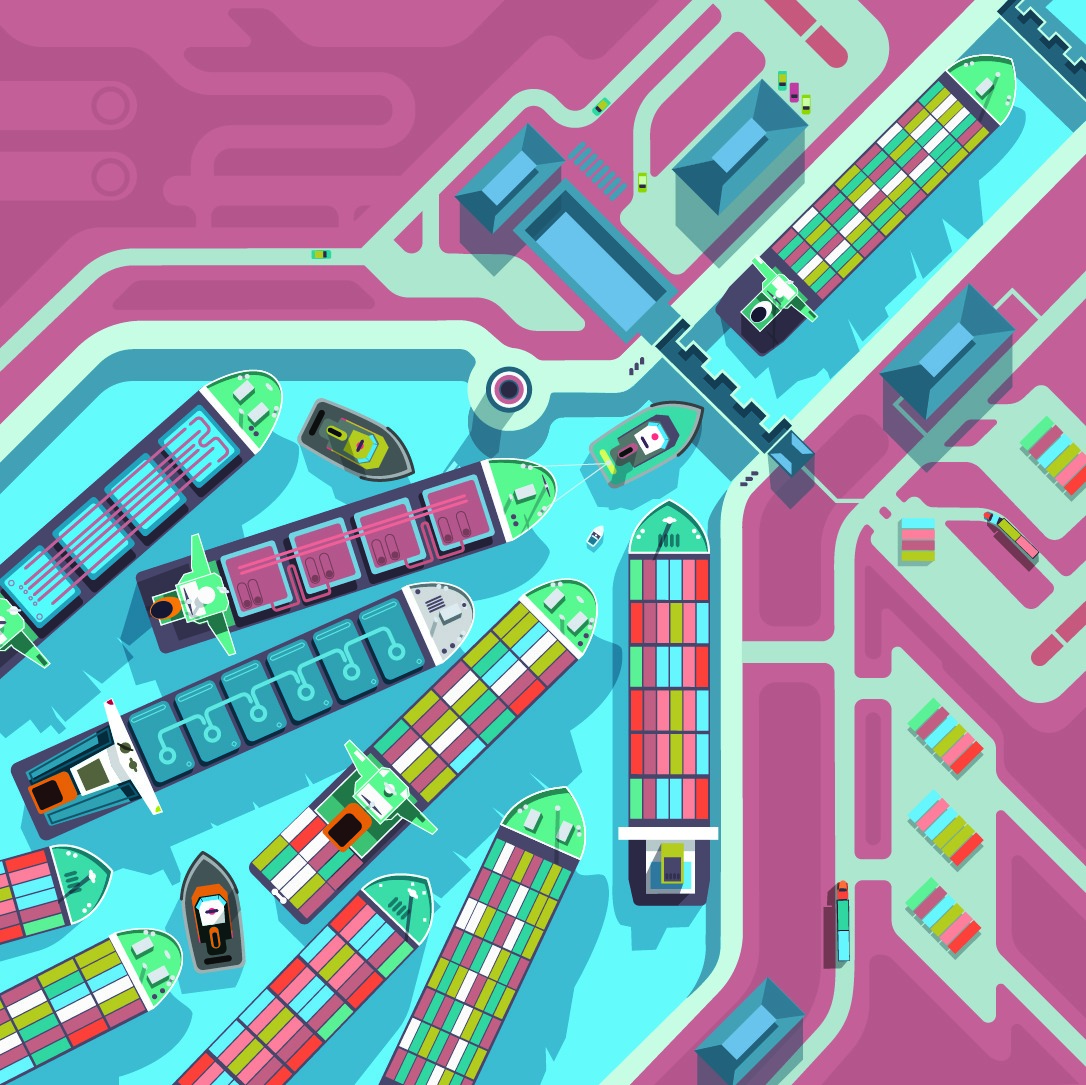
The worst bottleneck along America’s 25,000 miles of inland waterways is in a stretch of southern Illinois where the Ohio River meets the Mississippi and the Cumberland and Tennessee rivers splinter off. There, boats carrying thousands of tons of grain, coal and steel can sit idle for days, a floating traffic jam that stretches for miles. The culprit: Lock and Dam 52, one of the 239 critical–and in many cases crumbling–structures that move vessels along the rivers mythologized by Mark Twain.
These inland waterways are one of the most overlooked and vital parts of the nation’s infrastructure, a water highway that accounts for 14% of all domestic freight per year, according to the American Society of Civil Engineers. But the system is aging. Most of the locks and dams–which raise and lower boats to help them travel along rivers of different elevation–have far exceeded their 50-year life span. As a result, the average delay across the system has doubled, to 121 minutes, over the past 15 years.
Nowhere is the problem starker than Lock 52, through which 90 million tons of cargo worth some $10 billion passes annually. Crumbling concrete, rusted metal and outmoded design mean that 52, which was finished in 1928, and nearby Lock and Dam 53, opened a year later, now have average delays of 15 to 20 hours.
“They’re basically falling apart,” says Carol Labashosky, a spokeswoman for the U.S. Army Corps of Engineers’ Louisville District. The dam at 52 is so old, she says, that it’s hard to find parts for the frequent repairs. “We don’t get any attention until they break down,” Labashosky says. “There’s just not enough visibility for this type of infrastructure.”
Longer transport times increase costs for everything from bread to gas. If the problem gets worse, suppliers may turn to rail or trucking, more expensive modes that could further raise prices for consumers and increase traffic on already congested roads and rail lines.
There is some hope on the Ohio. The $3 billion Olmsted Locks and Dam, an ambitious project to replace 52 and 53 that has been in the works since the 1980s and promises to get tows through in less than an hour, is finally slated to open in 2018. Its completion is critical to keeping America’s water highway moving.
More Must-Reads from TIME
- Cybersecurity Experts Are Sounding the Alarm on DOGE
- Meet the 2025 Women of the Year
- The Harsh Truth About Disability Inclusion
- Why Do More Young Adults Have Cancer?
- Colman Domingo Leads With Radical Love
- How to Get Better at Doing Things Alone
- Michelle Zauner Stares Down the Darkness
Contact us at letters@time.com